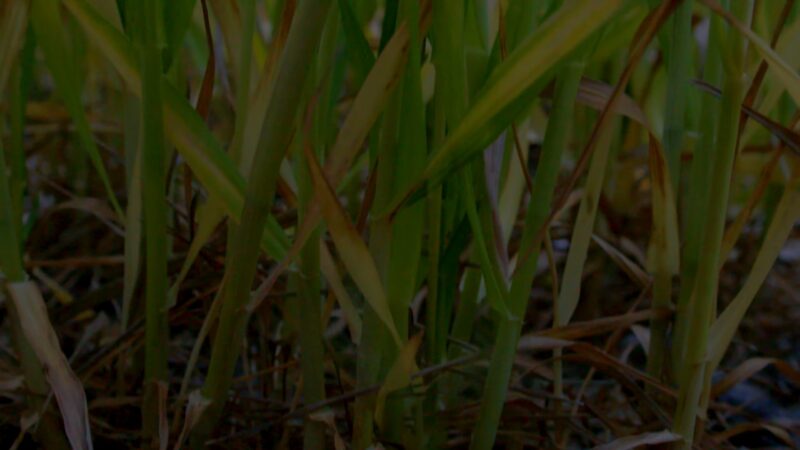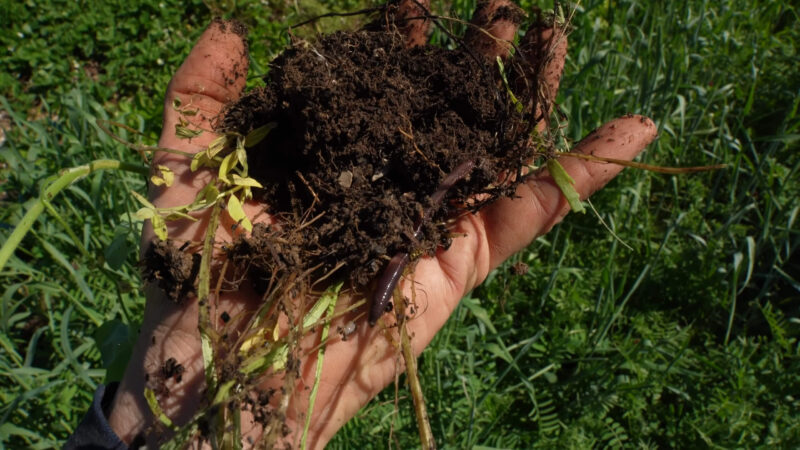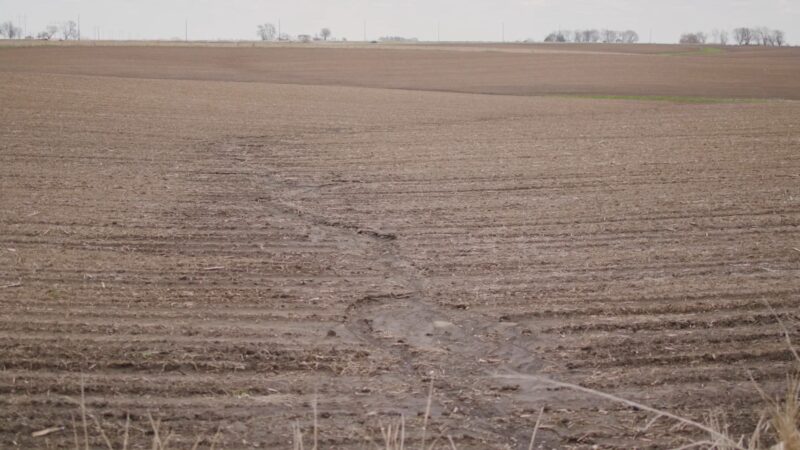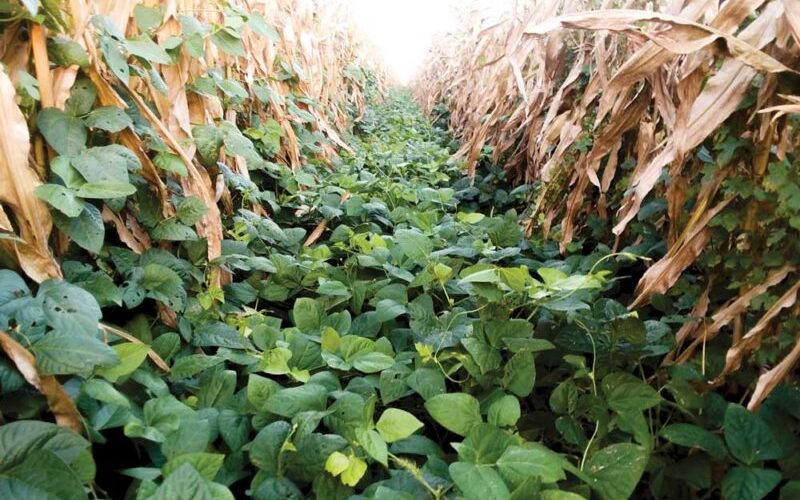Cover crops are absolutely irreplaceable component of sustainable agriculture, offering numerous benefits that help maintain and improve soil health.
These plants, grown primarily to cover rather than for harvest, play a crucial role in some factors.
I am here to provide you with several points that will certainly make this subject much clearer to you.
Practical Applications of Cover Crops

Seasonal planting strategies are essential to maximize the benefits of cover crops.
The optimal time for planting cover crops depends on regional climate and cropping systems. In general, cover crops should be planted after the main crop harvest to protect and improve the soil during the off-season.
For instance, winter options like rye and clover are planted in late summer or early fall, providing cover during the colder months.
In contrast, summer cover crops like buckwheat and cowpeas are planted in late spring or early summer.
These seasonal strategies ensure that it is continuously protected and enriched throughout the year.
Selection of Cover Crops

Selecting suitable cover crops involves considering climatic and soil conditions.
Different factors can influence the choice such as:
- Temperature
- Rainfall
- Soil type
The same can be said about specific agricultural goals.
Common cover crops include rye, known for its soil-building properties and winter hardiness; clover, which fixes nitrogen and improves soil fertility; and radishes, which break up compacted soil and scavenge nutrients.
By finding the right one for specific conditions, farmers can optimize the benefits to health and crop production.
Integration with Crop Rotations
Cover crops are an integral part of diverse cropping systems. Integrating these into crop rotations can enhance health and improve overall farm productivity.
Rotating cover crops with cash crops helps to break pest and disease cycles, reduce weed pressure, and maintain soil fertility.
For example, planting a leguminous cover crop before a nitrogen-demanding cash crop can reduce the need for synthetic fertilizers.
Integration promotes sustainable farming practices by leveraging the natural benefits of cover crops to support cash crop production.
How Do They Contribute to Soil Health?
So, what are the benefits that are to be expected because of cover crops?
Enhancing Structure and Fertility

Cover crops play a vital role in maintaining and improving soil structure and fertility by adding organic matter and increasing carbon levels.
The improvement in soil structure begins with the extensive root systems of cover crops, which penetrate and bind soil particles together. As the roots grow and spread through the soil, they create a network that enhances soil aggregation and porosity.
A binding action helps to form stable aggregates that resist erosion and compaction. The increased porosity resulting from the root systems of cover crops leads to better aeration and water infiltration. Well-aggregated soil allows air to circulate more freely, which is essential for the respiration of plant roots and soil organisms.
Improved water infiltration ensures that rainwater and irrigation penetrate the soil effectively, reducing surface runoff and minimizing water loss.
It creates an optimal environment for plant growth, as roots can access water and nutrients more efficiently. As cover crops decompose, they contribute to soil fertility by releasing nutrients back into the soil.
The decomposition process is facilitated by soil microorganisms that break down plant residues, converting them into organic matter.
The addition of organic matter from decomposed cover crops enriches it with essential nutrients such as nitrogen, phosphorus, and potassium. These nutrients are vital for the growth and development of subsequent crops, ensuring they have access to the necessary elements for healthy growth.
The presence of organic matter in the soil also improves its ability to retain moisture.
Organic matter acts like a sponge, holding water and making it available to plants during dry periods. Increased water-holding capacity is crucial for crop resilience, especially during drought conditions.
Soils with higher organic matter content are better able to support plant growth through dry spells, reducing the risk of crop failure and increasing overall agricultural productivity.
Nutrient Management

One of the key benefits is their ability to capture and recycle nutrients, playing a critical role in nutrient management within agricultural systems.
The process starts with the deep-rooted nature of certain cover crops, such as radishes and turnips, which can mine nutrients from deeper soil layers.
These deep-rooted plants access nutrients that are beyond the reach of shallow-rooted crops, bringing them to the surface and making them available for subsequent crops.
Leguminous covers provide another significant advantage in nutrient management through their ability to fix atmospheric nitrogen.
We are talking about covers like:
- Clover
- Vetch
- Alfalfa
These plants form symbiotic relationships with nitrogen-fixing bacteria in their root nodules.
The bacteria convert atmospheric nitrogen into a form that plants can use, effectively increasing the nitrogen content in the soil.
In addition to mining and fixing nutrients, cover crops also play a crucial role in capturing residual nutrients that might otherwise leach away.
Nutrients like nitrogen, phosphorus, and potassium can be lost through leaching, especially in regions with heavy rainfall or irrigation.
Cover crops, with their extensive root systems, absorb these nutrients and store them in their biomass.
When cover crops are terminated and decompose, these nutrients are released back into the soil, making them available for the next crop cycle.
Increasing Biodiversity
The next role cover crops play is in increasing biodiversity and supporting a vibrant soil ecosystem.
They support a diverse range of organisms, from microorganisms like bacteria and fungi to larger fauna such as earthworms and insects.
Diversity is crucial for maintaining a healthy ecosystem, as different organisms perform specific functions that contribute to:
- Soil health
- Productivity
- Resilience
Microbial activity is significantly enhanced by the presence of cover crops.
The roots of these plants exude various organic compounds, including sugars, amino acids, and other metabolites, which serve as food sources for microorganisms.
These exudates stimulate microbial activity, leading to increased populations of beneficial bacteria and fungi.
These microorganisms are fundamental to nutrient cycling; they break down organic matter, decompose plant residues, and convert nutrients into forms that plants can readily absorb.

Cover crops provide habitat and food for larger fauna, such as:
- Earthworms
- Nematodes
- Arthropods
Earthworms, for instance, are known as ecosystem engineers because of their ability to significantly alter the structure.
They create burrows that enhance aeration and water infiltration, which are critical for root development and plant health.
Earthworms also consume organic matter, breaking it down and excreting it as nutrient-rich castings, further enhancing soil fertility.
The presence of cover crops ensures a continuous supply of organic matter for these organisms, promoting their activity and abundance.
Erosion Control

Cover crops are a powerful tool in preventing erosion, providing a natural and effective means to protect soil from the erosive forces of water and wind.
Their extensive root systems and above-ground biomass play critical roles in anchoring the soil and shielding it from environmental elements that can cause erosion.
The root systems can penetrate deeply and extensively, creating a network that binds particles together.
An anchoring effect is particularly effective in reducing the risk of erosion by water and wind.
The roots stabilize the structure, making it less susceptible to being washed away by heavy rains or blown away by strong winds.
In this way, they act as a living barrier, securing it in place and preventing the loss of valuable topsoil.

